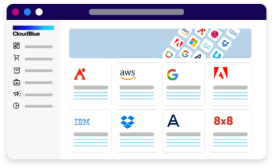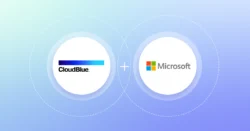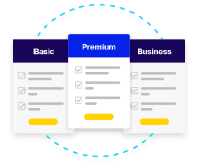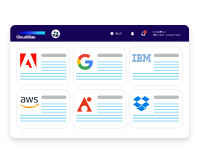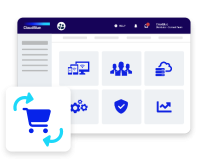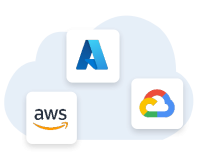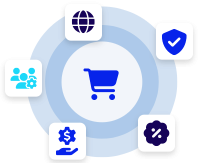Saasification, also known as software-as-a-service (SaaS) transformation, refers to the process of converting traditional software applications into cloud-based SaaS solutions. It involves redesigning and rearchitecting the software to leverage the benefits of cloud computing, such as scalability, flexibility, and ease of deployment.
The steps involved in the Saasification process may vary depending on the specific application and its requirements. However, here are the general steps typically followed:
- Assessment and Planning: The first step is to assess the existing software application and evaluate its suitability for SaaS transformation. This involves considering factors such as the application’s architecture, scalability requirements, security considerations, and potential benefits of migrating to a SaaS model. A detailed plan is created outlining the goals, scope, timeline, and resources required for the Saasification process.
- Architecture Redesign: The existing software application is rearchitected to align with SaaS principles. This involves breaking down the monolithic application into modular components or microservices that can be deployed and scaled independently in a cloud environment. The architecture may need to be adjusted to ensure multi-tenancy, data isolation, and efficient resource utilization.
- Data Model Refactoring: The data model of the application is optimized for SaaS. This may involve separating tenant-specific data from shared data, implementing data partitioning strategies, and ensuring data security and privacy for each tenant. The data storage and retrieval mechanisms are modified to leverage cloud-based databases or storage services.
- Scalability and Elasticity: The application is designed to take advantage of the scalability and elasticity offered by the cloud. This involves incorporating auto-scaling capabilities to handle varying workloads, optimizing resource utilization, and implementing load balancing mechanisms. The application’s performance is tested under different load conditions to ensure it can scale effectively.
- Security and Compliance: Security considerations are addressed throughout the Saasification process. This includes implementing robust authentication and authorization mechanisms, ensuring data encryption in transit and at rest, and adhering to industry-specific compliance requirements. Security audits and testing are conducted to identify and mitigate potential vulnerabilities.
- Deployment and Integration: The Saasified application is deployed to the cloud infrastructure, taking advantage of platform-as-a-service (PaaS) or infrastructure-as-a-service (IaaS) offerings. Integration with other systems or third-party services may be required, such as identity providers, payment gateways, or analytics platforms. Continuous integration and deployment (CI/CD) practices are implemented to streamline the deployment process.
- Monitoring and Maintenance: Once the Saasification process is complete, monitoring tools and techniques are set up to track the application’s performance, availability, and usage metrics. This helps identify and resolve any issues or bottlenecks in real-time. Regular maintenance, updates, and patches are performed to ensure the application remains secure, stable, and up-to-date.
It’s important to note that Saasification is a complex process that requires careful planning, expertise in cloud technologies, and consideration of various factors specific to the application and its requirements. Organizations often collaborate with cloud service providers or specialized consulting firms to ensure a successful Saasification journey.

